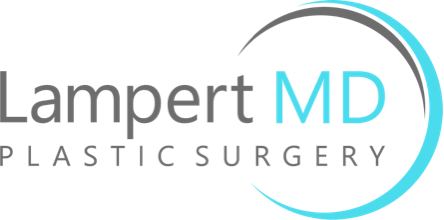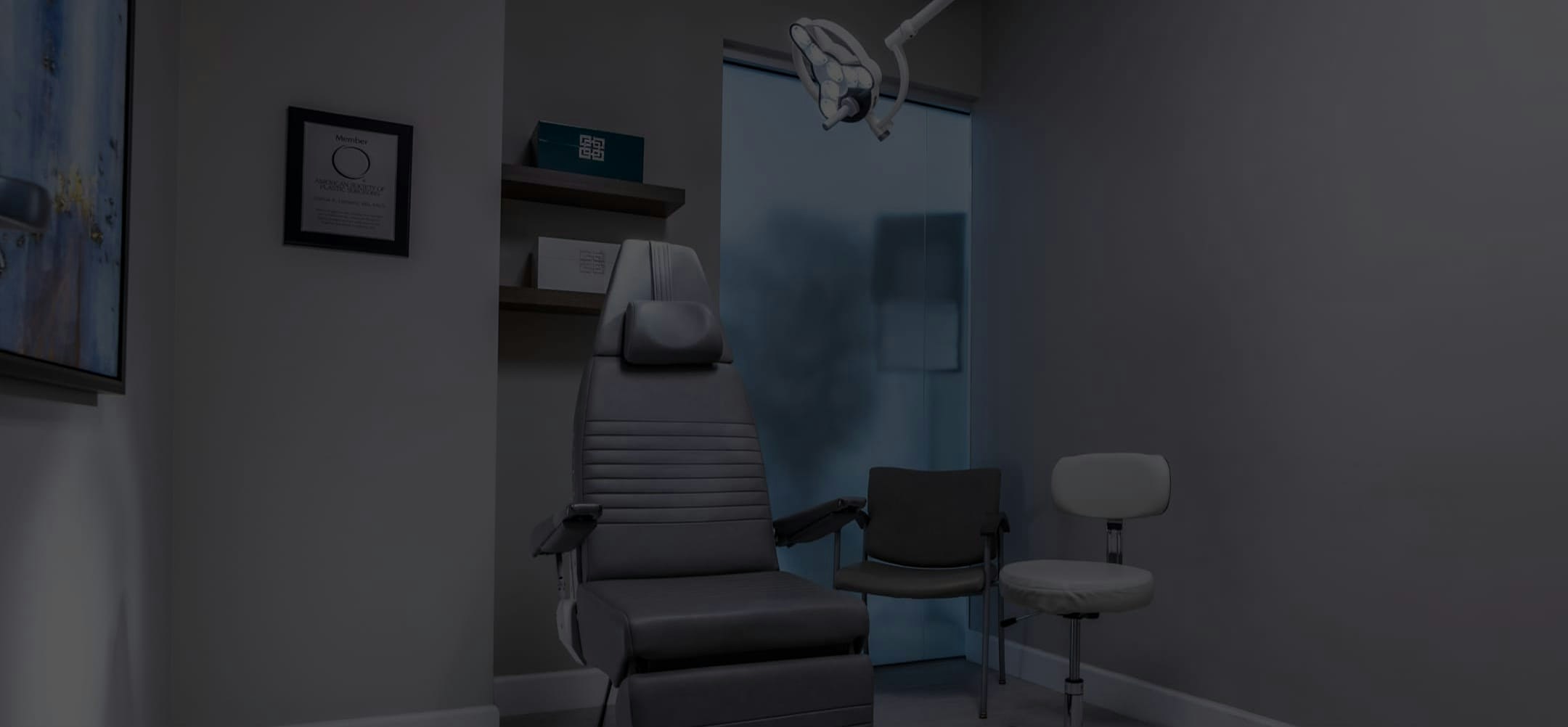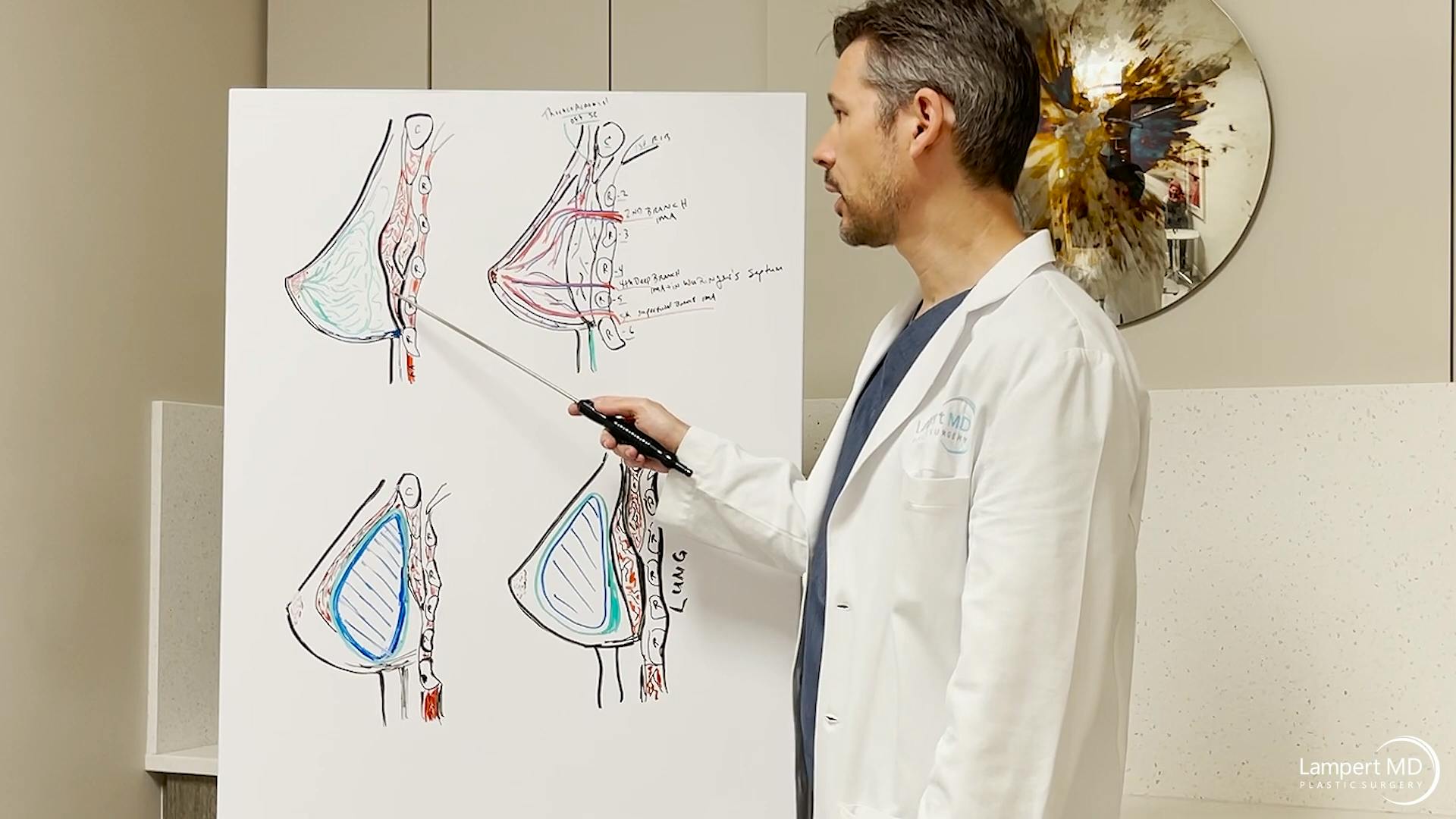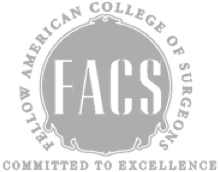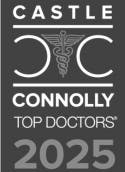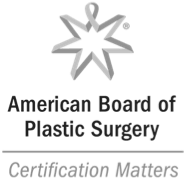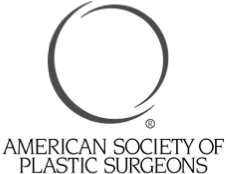Breast Augmentation Procedure
When the time comes for your breast augmentation surgery, you will first be administered general anesthesia to prevent any pain during the operation. Once you’re sleeping soundly, Dr. Lampert will carefully make the necessary incisions, which may be along the creases under the breasts, along the edges of the areolas, or in the armpits. The chosen areas for the incisions will be based on the specifics of the implants and how they need to be positioned. Next, Dr. Lampert will take your customized breast implants and carefully insert them. Depending on several variables, the implants may be placed under the breast tissue or under the pectoral muscles.
Once he has finished positioning the implants, Dr. Lampert will close the incisions with sutures. He will then apply bandages to the treatment area, and he may use drainage tubes to remove excess fluid as well. In total, the procedure should take between one and two hours to complete. After you wake up, Dr. Lampert and his team will monitor you for an hour or two to ensure that there aren’t any complications. Once they determine that you’re stable, you’ll be able to head home, but you will need someone else to drive you. Before you leave, Dr. Lampert will provide you with thorough instructions for the healing process and get you scheduled for a follow-up appointment.
